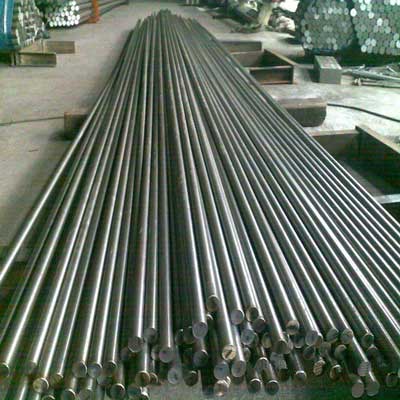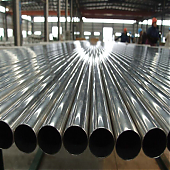High temperature resistance of 304 and 316 stainless steel

Both 304 and 316 stainless steels are resistant to high temperatures, but 316 stainless steel generally outperforms 304 stainless steel.
Temperature limit of 304 stainless steel: The high temperature limit of 304 stainless steel is about 800°C (1472°F). In short-term exposure conditions, it can withstand temperatures up to about 925°C (1700°F) for a few minutes. However, for long-term use, it is recommended to keep the temperature below 500°C (932°F) to avoid sensitization, which increases the risk of intergranular corrosion.
Applications: 304 stainless steel is widely used in industries such as food processing, construction, and decoration due to its good corrosion resistance and formability.
Temperature limit of 316 stainless steel: 316 stainless steel has excellent high temperature resistance and can withstand temperatures up to 1200-1300°C (2192-2372°F). It maintains good oxidation resistance and mechanical properties at high temperatures.
Applications: 316 stainless steel is often used in environments with high demands for corrosion and heat resistance, such as chemical processing, marine applications, and medical equipment.
Key Differences
Chemical Composition: 316 stainless steel contains molybdenum (Mo), which enhances its corrosion resistance, especially to chlorides, and improves its high-temperature strength.
Performance: 304 stainless steel is suitable for many general applications, while 316 stainless steel performs better in environments with higher temperatures and more corrosive conditions.
Related Products
Contact Us


